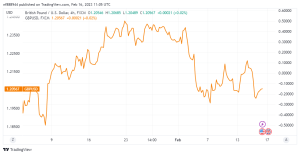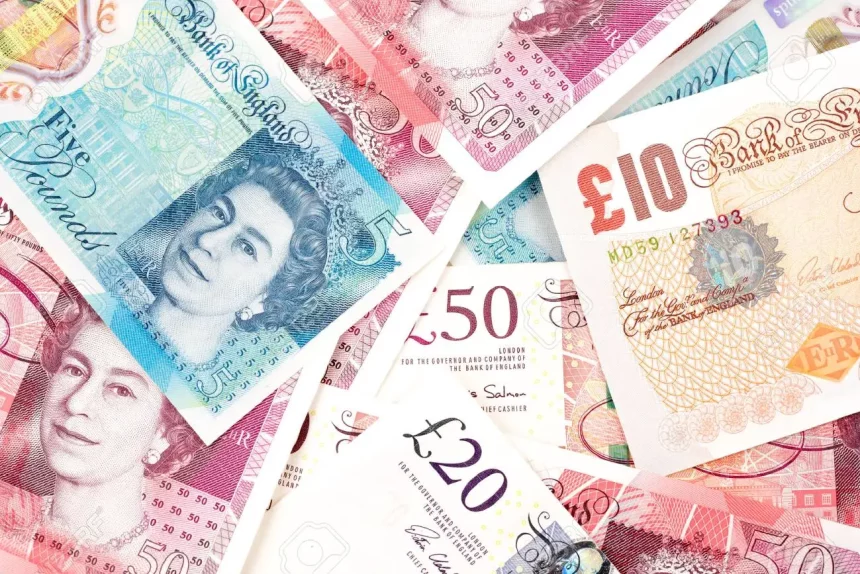GBPUSD has recovered after testing 1.2000 on Wednesday.
GBPUSD has recovered just little after losing more than 1% on Wednesday. The pair is facing stiff resistance at 1.2070, and it may draw more buyers until it stabilizes above that level. During European trading hours on Wednesday, the Pound Sterling was substantially pulled down by lower-than-expected January inflation numbers from the United Kingdom.
The focus will be on US data releases and the opening bell on Wall Street.
The US Dollar (USD) gained strength versus its competitors in the second part of the day, as optimistic Retail Sales data reminded markets that consumer activity remained healthy at the start of the year.
With Wall Street’s main indexes finishing the day in positive territory after a dramatic comeback, the USD surge lost speed, allowing the GBPUSD to recoup some of its daily losses.
On Thursday morning, the UK’s FSTE 100 Index is up 0.3% on the day, while US stock index futures are marginally higher, indicating a modestly optimistic risk attitude. If key US share indexes continue on Wednesday’s gains following the opening bell, the USD may remain under pressure, allowing GBPUSD to rise further. The January Producer Price Index (PPI) will be released by the US Bureau of Labor Statistics. The PPI is predicted to fall to 5.4% from 6.2% in December, while the Core PPI is expected to fall to 4.9% from 5.5%. If the annual Core PPI comes in significantly better than predicted, the US Dollar might hold its footing and vice versa.
Nonetheless, PPI statistics appear improbable. to have a substantial impact on market pricing of the Fed’s rate outlook, and the market reaction should be brief. The weekly Initial Jobless Claims data, as well as Housing Starts and Building Permits numbers for January, will be included on the US economic calendar.
GBPUSD Technical Analysis
The Fibonacci 61.8% retracement of the most recent rise and the 50-period Simple Moving Average on the four-hour chart both intersect around 1.2070. Once the pair clears and stabilizes at that level, it may encounter interim resistance around 1.2100 (20-period SMA, psychological barrier) before aiming for 1.2150 (Fibonacci 50% retracement) and 1.2200. (200-period SMA, 100-period SMA).

On the downside, 1.2030 (static level) serves as an intermediate support level, followed by 1.2000 (psychological level, static level) and 1.1960. (static level).









